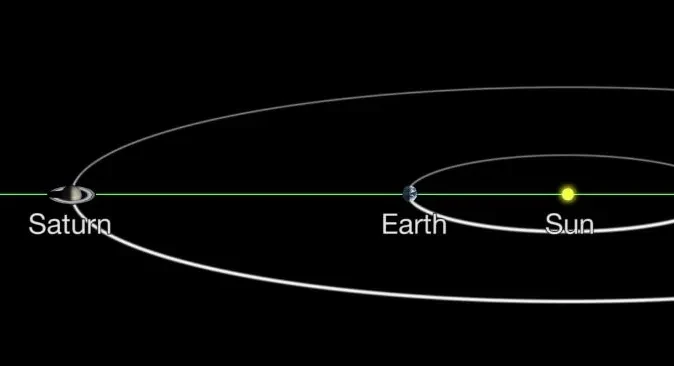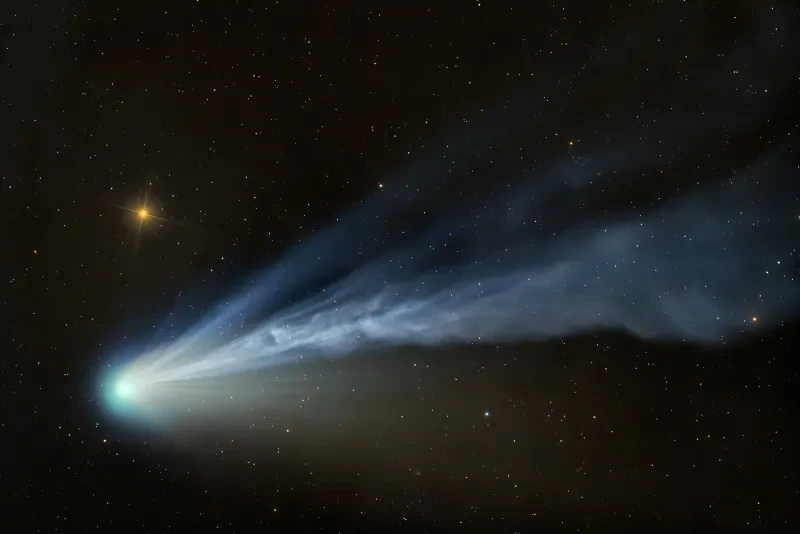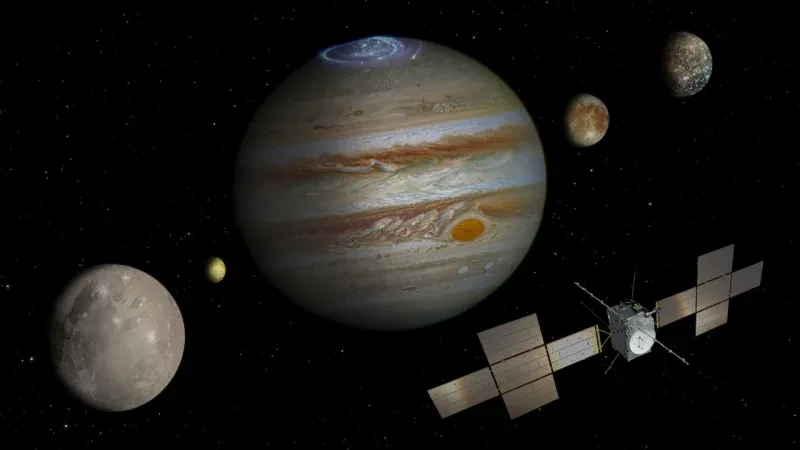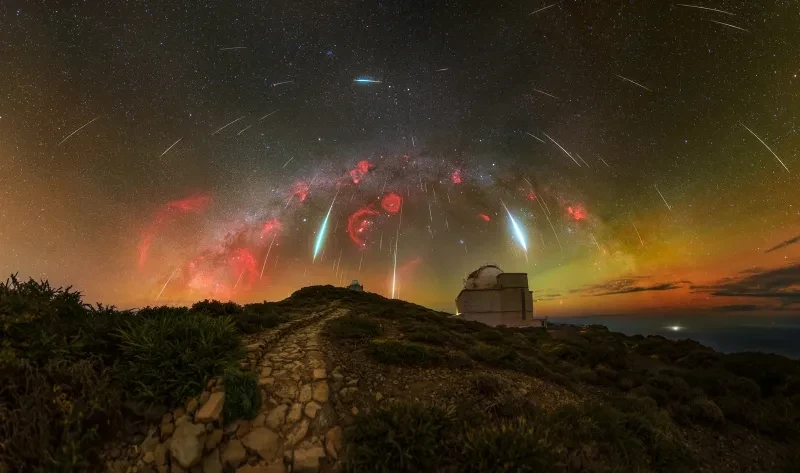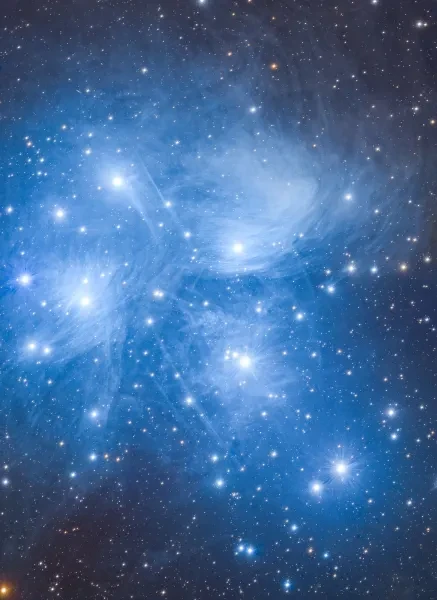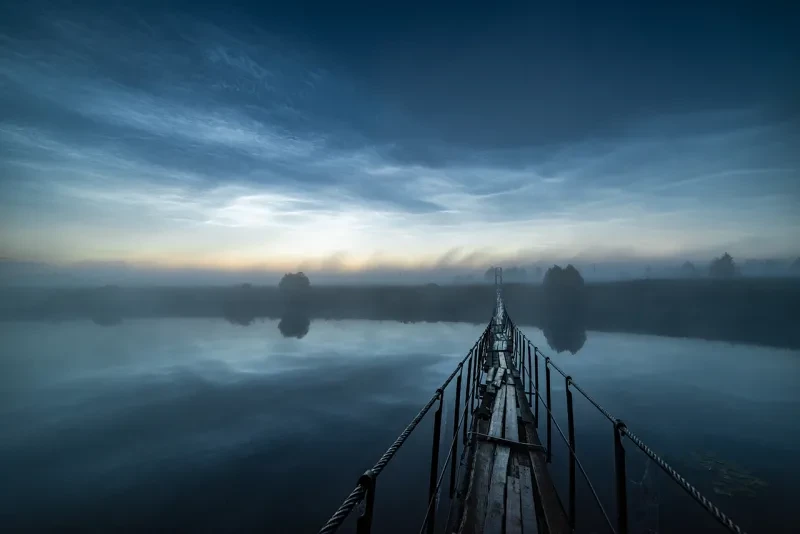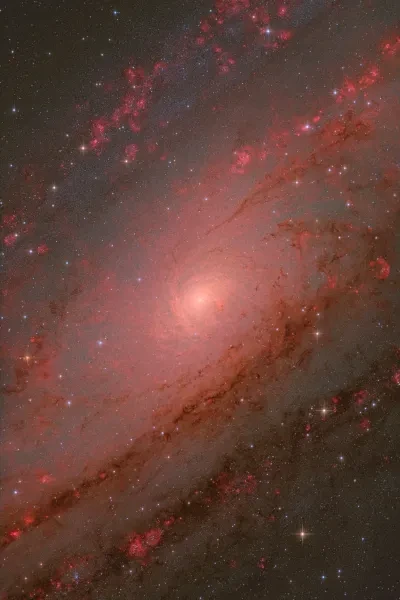
The best time to see and photograph a planet is when it is at 'opposition'. Find out more and check the key opposition dates for Mars, Jupiter, Saturn, Uranus and Neptune.
What is a planet in opposition?
All the planets in the Solar System orbit around the Sun. At certain points during these orbits, the Earth finds itself directly between the Sun and another planet. This is the moment at which that planet is said to be 'in opposition'.
When Saturn is in opposition for example, Earth is between the Sun and Saturn. From our vantage point on Earth, Saturn is on the 'opposite' side of the sky to the Sun: when the Sun sets in the west, Saturn appears in the east.
Only planets that are further out in the Solar System than the Earth can be in opposition: Mars, Jupiter, Saturn, Uranus and Neptune. Because Venus and Mercury are closer to the Sun than the Earth, they can never be in opposition.
Why is a planet in opposition important?
Some of the best times to see planets in the night sky occur when they are at opposition. During opposition the planet appears at its largest and brightest, and it is above the horizon for much of the night. For stargazers and astrophotographers, it's an ideal time to view and photograph the superior planets.
Planet opposition dates
Planetary oppositions for Jupiter, Saturn, Uranus and Neptune occur almost every year, as Earth on its much faster orbit passes between these planets and the Sun.
Mars is slightly different: because Earth and Mars are relatively close together in the Solar System, an opposition of Mars happens roughly every 27 months.
Below are the upcoming dates when planets will be at opposition:
| Planet | Date of opposition |
| Jupiter | 10 January 2026 |
| Saturn | 4 October 2026 |
| Uranus | 25 November 2026 |
How to photograph a planet in opposition
"If you really want to get the best photo of a planet you want to try and aim for when it’s riding really high in the sky and ‘at opposition’," explains Steve Marsh, Astronomy Photographer of the Year judge and BBC Sky at Night Magazine art editor.
"You want the air to be nice and still," he adds. "If you can get all those three things combined then you are going to have a really great picture at the end of it."
For more information about how to photograph planets in opposition, watch the video above featuring Steve and images from the Astronomy Photographer of the Year exhibition.
See stunning space photos at the Astronomy Photographer of the Year exhibition
Main image: Colourful Saturn by Damian Peach, shortlisted in Astronomy Photographer of the Year 2023
Never miss a shooting star
Sign up to our space newsletter for exclusive astronomy news, guides and events.
Discover more space and astronomy
from the Royal Observatory Greenwich.
